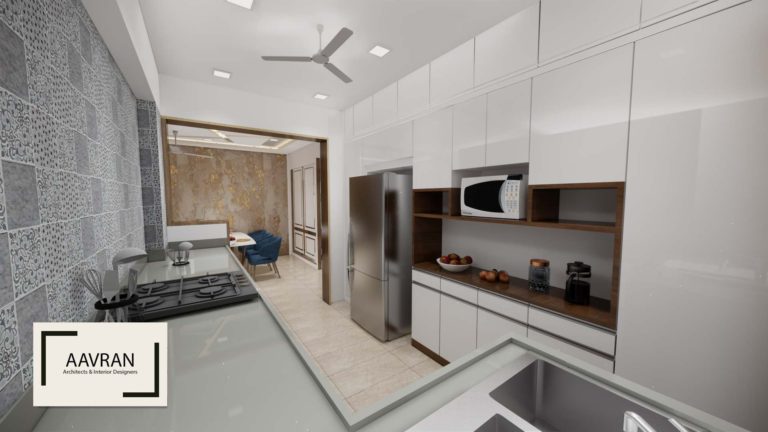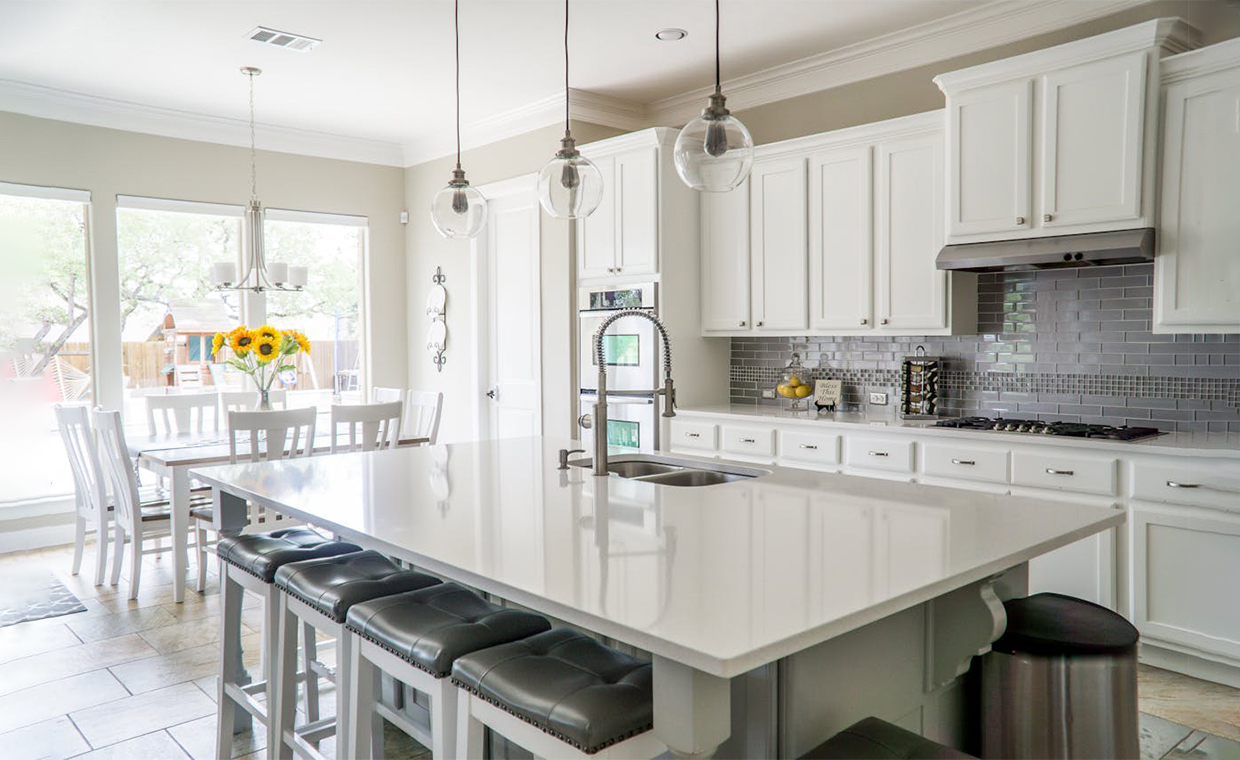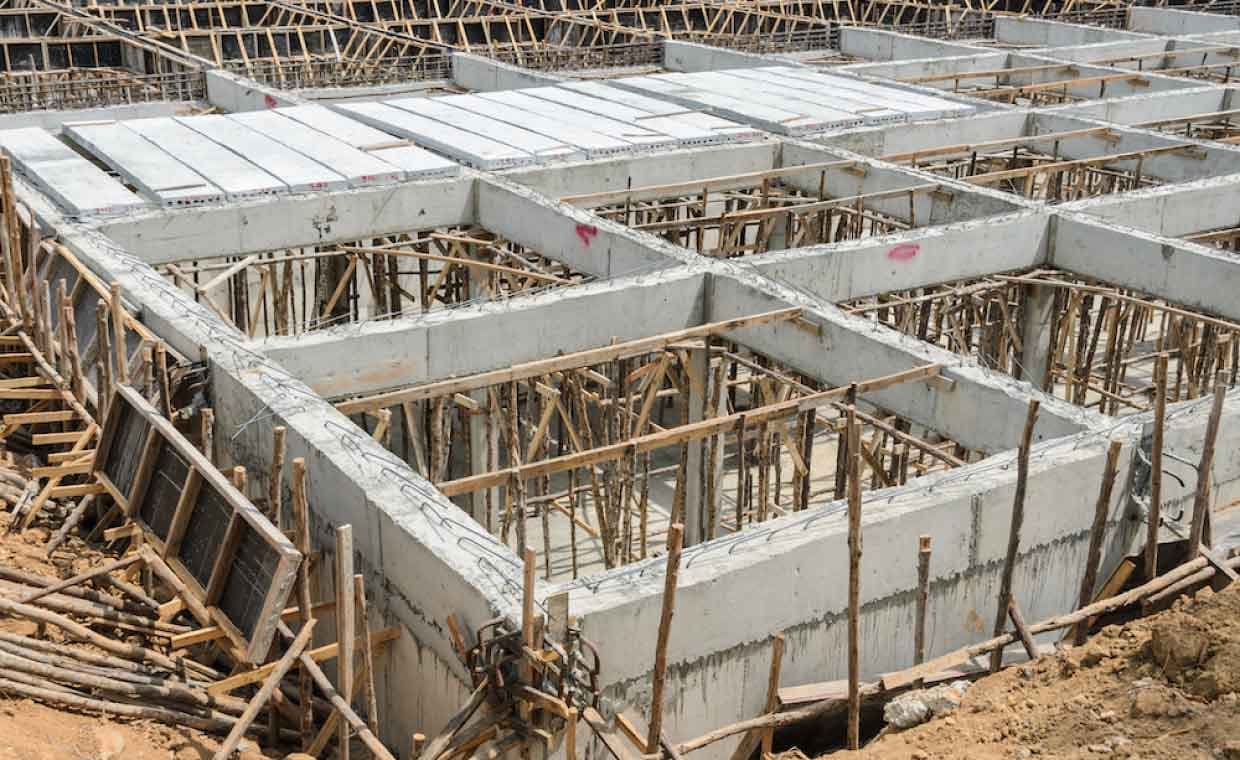
Table of Contents
Quick Summary
- Beams are essential structural members in all types of construction, whether residential or commercial.
- They are horizontal members that transfers load from slabs to columns.
- Different types of beams used in construction include: simply supported beams, cantilever beams, fixed beams, continuous beams, lintel beams, T-beams and I-beams.
- Beams are made of various materials such as steel, reinforced concrete, timber, and composite beams.
- Modern techniques used for beam construction are – precast concrete beams, post-tensioned beams, lightweight steel beams, and 3D-printed beams.
- Innovative trends in beam construction include: bamboo beams, recycled steel & green concrete beams, prefabricated beam systems, smart beams, and AI driven beam design.
It is undeniable that every architectural structure relies heavily on foundational elements, and beam construction is a critical component among them. From residential homes to office or commercial spaces, as well as large-scale infrastructure projects such as bridges, beams play a vital role, providing the necessary support to the construction. How so? It does so by efficiently distributing the weight throughout a structure. If we do not incorporate well-engineered building beams, any given structure will not have the strength to bear loads safely and effectively.
The construction techniques of today incorporate modern beam-building methods, which have quantifiably improved its durability, cost-efficiency, and flexibility. Some popular options include classic timber beams, cutting-edge steel, and reinforced concrete structures, as the construction of beams continues to shape modern architecture. Let us discuss the various types of beams, materials, and contemporary techniques that explain today’s beam-building construction.
Introduction to Beam Construction: The Foundation of Strong Structures
A beam is a horizontal or sloped structural member of any structure which transfers load to the columns. Beams are essential in any house construction as they provide stability and prevent sagging. They also distribute horizontal loads and maintain structural integrity.
From ancient civilisations using wooden logs to today’s high-strength steel and reinforced concrete designs, beam construction has come a long way. Modern engineering focuses on creating beams that maximise strength while minimising material use, enhancing cost efficiency and sustainability.
Different Types of Beams and Their Uses in Construction
Knowing about different types of construction beams helps architects and engineers to select the best one for a given project. The primary types of beams in building construction include:
- Simply Supported Beams – It rests on two supports at either end. Commonly used in residential beams in house construction.
- Cantilever Beams – It is supported (fixed) at one end; ideal for balconies and overhangs.
- Fixed Beams – Fixed at both ends, offering strong resistance to bending and movement.
- Continuous Beams – As the name says they are continuous and are supported at multiple points, distributing loads efficiently across long spans.
- Lintel Beams – Positioned above doors and windows to evenly distribute weight.
- T-Beams and I-Beams – Designed for enhanced strength, widely used in high-rise buildings and bridges.
Also Read: Difference Between Lintel & Beam in Structural System!
Choosing the right beam used in construction depends on span length, load requirements, and structural constraints.
Materials Used in Beam Construction: Steel, Wood, and Concrete
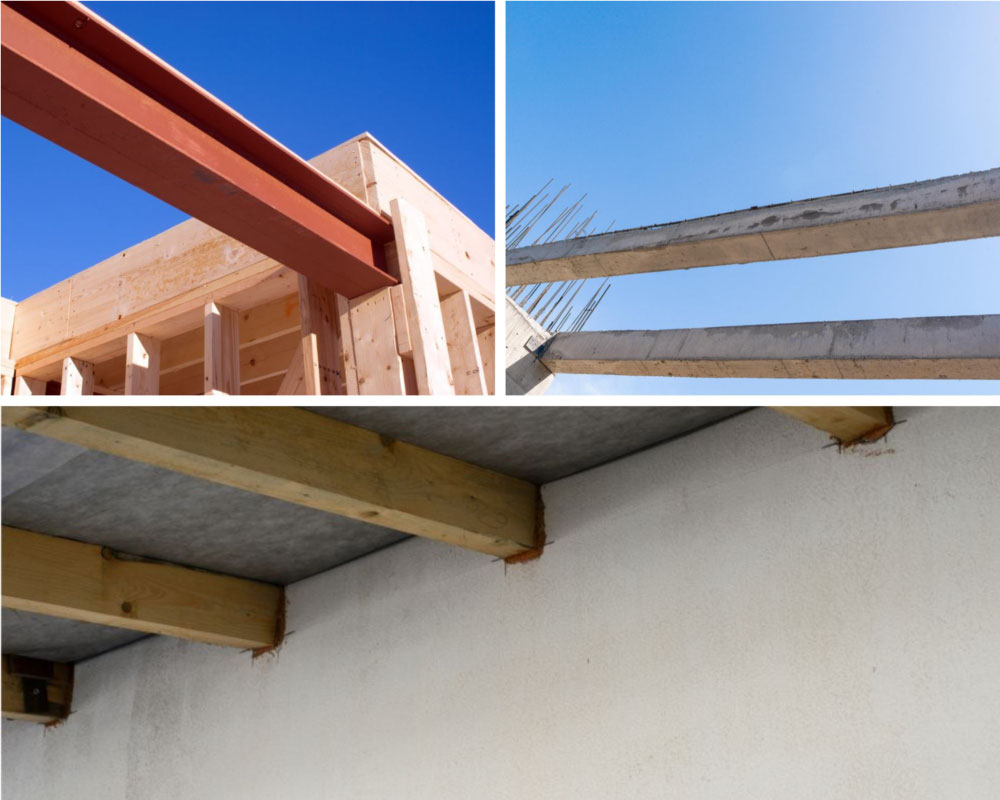
The choice of material significantly impacts beam construction, influencing durability, cost, and structural performance. Common materials include:
- Steel Beams – Exceptionally strong and capable of supporting heavy loads, making them ideal for skyscrapers and bridges.
- Reinforced Concrete Beams – High compressive strength and durability are staples in beam building construction.
- Timber Beams – A traditional beam construction material, valued for their warmth and aesthetic appeal.
- Composite Beams – Made from combination of two or more materials, for instance – steel and concrete to enhance performance in large-scale structures.
Beam Design Considerations for Load-Bearing and Stability
Engineering a beam construction system requires careful consideration of multiple factors:
- Load Capacity – Ensuring beams can support expected weight, including live (people, furniture) and dead (fixed structure) loads.
- Span Length – Longer spans require stronger materials and careful design to prevent bending or deflection.
- Beam Depth and Thickness – Balancing strength and weight efficiency.
- Reinforcement Techniques – Incorporating steel rods or fibres in concrete beams to improve tensile strength.
Well-designed building beams enhance structural stability while ensuring longevity and safety in various construction projects.
Modern Beam Construction Techniques for Efficient Building
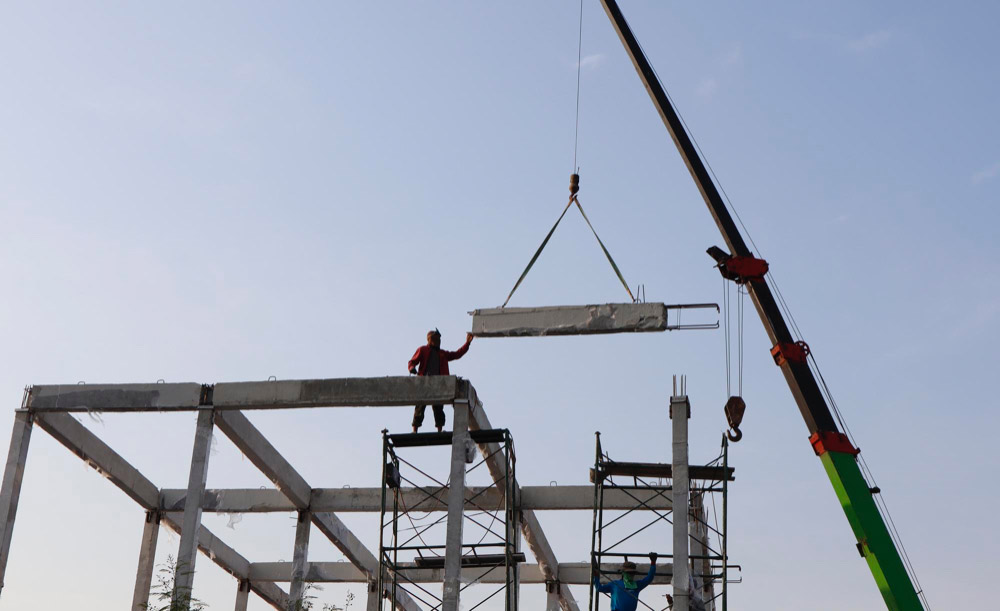
Innovations in beam types have introduced advanced methods of beam construction that improve efficiency and sustainability in construction:
- Precast Concrete Beams – These beams are manufactured off-site and assembled on-site, reducing labour and costs.
- Post-Tensioned Beams – Utilise steel tendons to increase strength while minimising material use.
- Lightweight Steel Beams – Engineered to reduce weight while maintaining high load-bearing capacity.
- 3D-Printed Concrete Beams – An emerging technology for customised, eco-friendly beam designs.
These advancements streamline beam construction processes, making modern buildings more resilient and energy-efficient.
Also Read: What is a Precast Concrete?
The Role of Beams in Multi-Story Buildings and Bridges
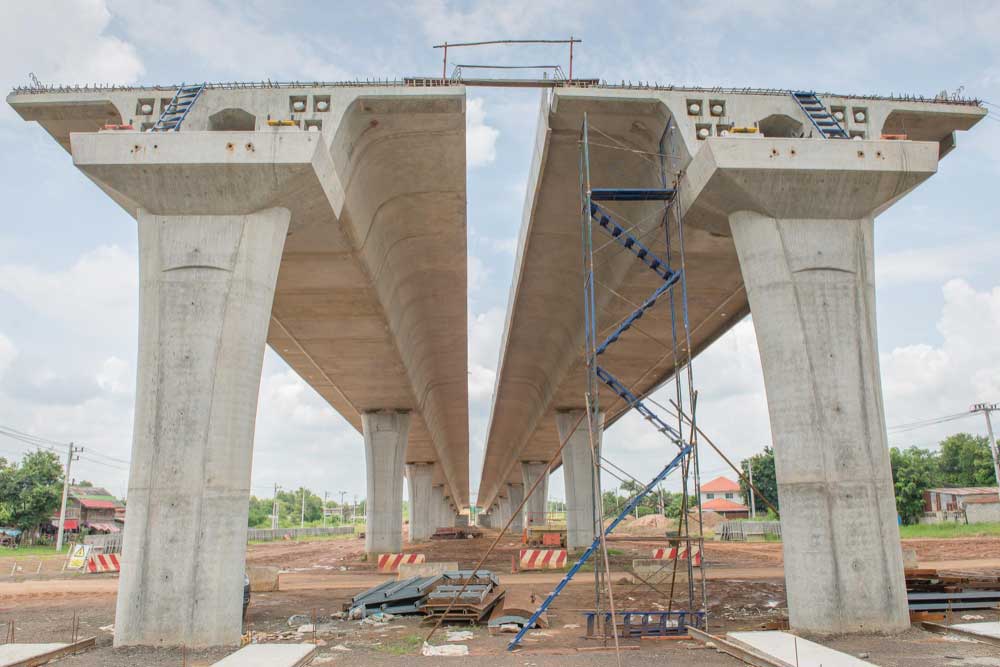
Multi-story buildings and large infrastructure projects rely very much on beams used in construction to maintain structural integrity. Key applications include:
- High-Rise Buildings – Steel and composite beams are best suited for high-rise as provide flexibility and support for taller structures.
- Bridges and Overpasses – Reinforced concrete beams withstand heavy traffic loads and environmental stress.
- Industrial Facilities – Large-span beams enable open spaces for manufacturing and logistics operations.
- Residential Construction – Timber and steel beams are commonly used in beams in house construction to support ceilings and floors.
Innovative Beam Designs for Sustainable Construction
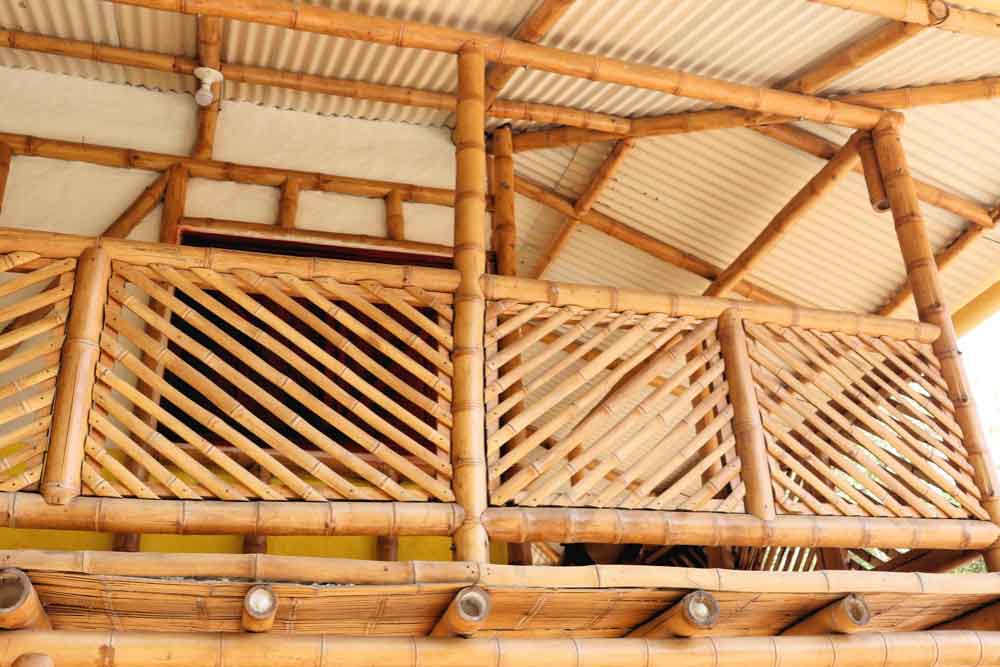
Today, sustainability is shaping beam construction, with eco-friendly materials and techniques gaining momentum. Key approaches include:
- Bamboo Beams – A renewable alternative suitable for low-rise structures.
- Recycled Steel Beams – Reducing waste and lowering the carbon footprint of steel manufacturing.
- Green Concrete Beams – Incorporating recycled aggregates to reduce environmental impact.
- Prefabricated Beam Systems – Minimising on-site waste and speeding up construction timelines.
These advancements align with modern sustainable building practices, making beam building construction more environmentally friendly.
Also Read: Top Eco-Friendly Building Materials
Common Challenges in Beam Construction and How to Overcome Them
Despite progress in beam construction, several challenges remain:
- Deflection and Bending – Mitigated by optimising beam depth and reinforcement techniques.
- Material Costs – High prices for steel and concrete can be managed using composite or recycled materials.
- Corrosion and Weathering – Protective coatings extend the lifespan of building beams.
- Complex Beam Installations – Prefabricated solutions simplify assembly and reduce labour-intensive work.
Addressing these issues ensures durability and efficiency in beams in house construction and large-scale projects.
The Future of Beam Construction: Trends and Technological Advancements

The future of beam construction is shaped by emerging technologies and evolving architectural demands. Notable trends include:
- Smart Beams – Embedded sensors monitor stress levels and detect structural weaknesses in real time.
- AI-Assisted Beam Design – Machine learning optimises beam configurations for enhanced performance.
- Carbon-Fibre Reinforced Beams – Lighter yet stronger than traditional materials, ideal for high-performance applications.
- Modular Beam Systems – Prefabricated beam sections for rapid assembly, reducing construction time.
Also Read: Latest Construction Industry Trends & Insights
These advancements revolutionise beam construction, leading to smarter, more efficient, and sustainable structures.
Also Read: Difference Between Concrete Beam & Column
FAQs: Beam Construction
1. What is the main purpose of a beam?
A beam is a horizontal structural member of a reinforced concrete structure. The main purpose of a beam is to safely transfer the load above it to the column. A beam also provides support to walls, floors, or roofs above it.
2. What is beam construction in a building?
Beam construction is the process of planning, designing and constructing beams of a building so that it transfers load safely to columns. Moreover, beam construction also includes planning, designing and constructing beam-to-beam and beam-to-column joints.
3. What are the main types of beams used in construction?
The following are the main types of beams used in construction:
- Simply supported beams
- Cantilever beams
- Fixed beams
- Continuous beams
- Lintel beams
- T-Beams and I-Beams
4. Which type of beam is used in a residential building?
Simply supported beams, cantilever beams, and continuous beams are mainly used in a residential building.
5. What are modern techniques in beam construction?
Beam construction has also evolved with time. Some of the modern techniques in beam construction are:
- Precast concrete beams
- Post-tension beams
- Lightweight steel beams
- 3D-printed beams
6. What are eco-friendly options for beam construction?
The following are eco-friendly options for beam construction:
- Bamboo beams
- Recycled steel beams
- Green concrete beams
- Prefabricated beam systems
7. What are “Smart Beams,” and how do they work?
Smart beams have sensors embedded in them to monitor stress, load changes, and movement in real time. These beams provide early warning of potential structural failures.







